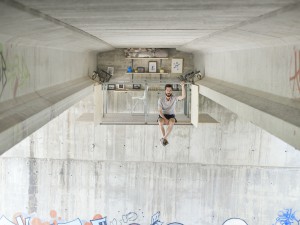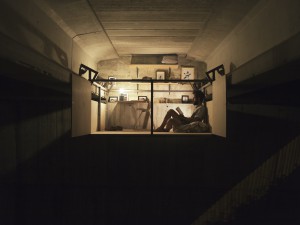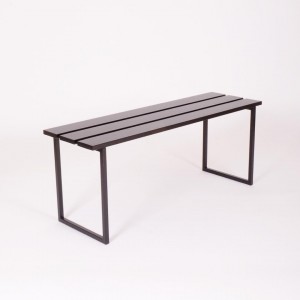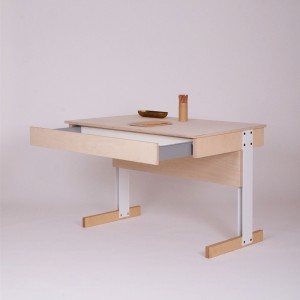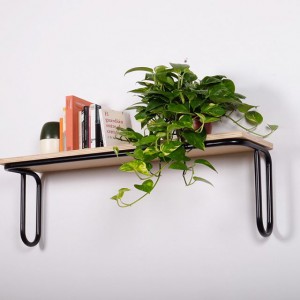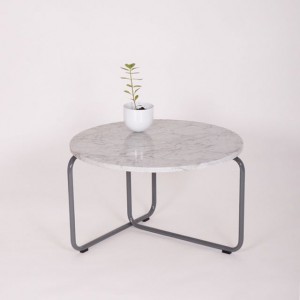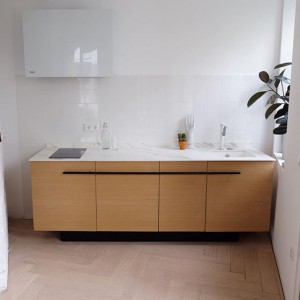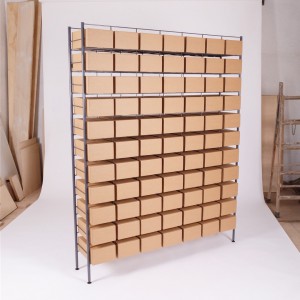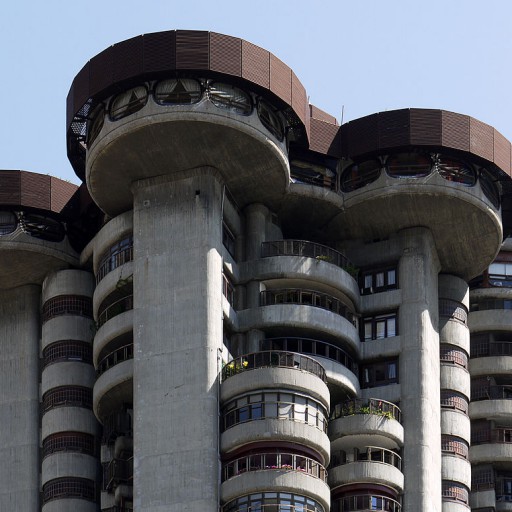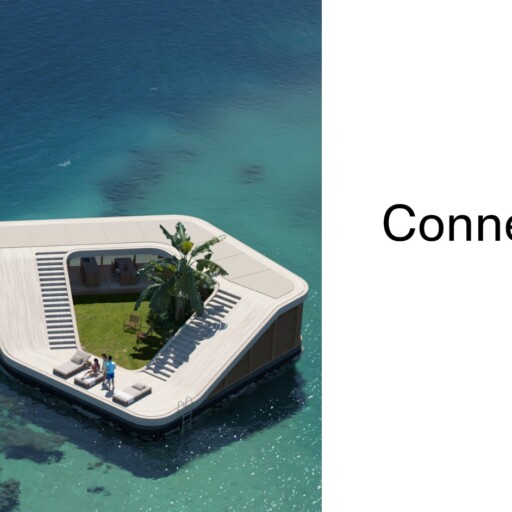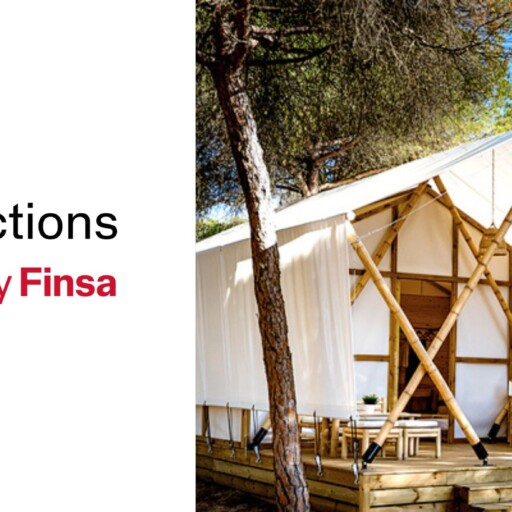Fernando Abellanas (Valencia, 1984) is a self-taught designer who designs furniture using raw metals like metal, stone, and wood, under the Lebrel label. We invite you to take a look at his Instagram, which is full of elegant, simple, and functional objects with an artisan quality. You can also see them at his house/workshop/showroom, which he constructed over three years.
Lebrel is a designer that works with his hands. He designs while he is making, and he makes while designing. His name is already known on the international design scene, but not long ago he was funding his projects by working as a plumber. It is very easy to connect with this artisan spirit.
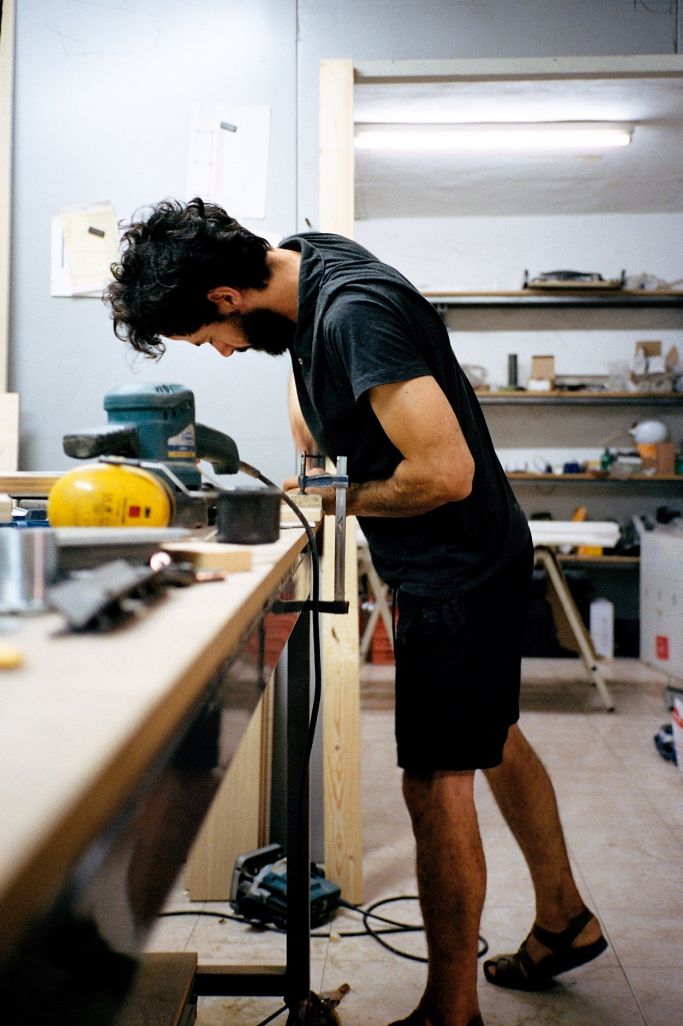
How did Fernando Abellanas start designing?
Since childhood I’ve been drawn to drawing and painting and my intention was always to study fine arts although, at around 18 or 19 years old, for various reasons, I decided to stop studying and started to work in a factory. Two years later, I left that job to work as a self-employed plumber, a trade I had taught myself in my free time. Over time, once I had a certain amount of financial stability, I decided to take up that childhood interests simultaneously, although by then my interests had drifted towards design. My experience working with my hands and with limited resources or tools allowed me to materialise certain ideas and designs that I was developing for my own interest. Not long after I was receiving commissions that allowed me to improve my resources and knowledge.
Are you still plumbing or has design become your way of life?
I’m getting closer to dedicating myself entirely to design, although at the moment I still retain some of my plumbing clients. Plumbing has been a stable job for many years.
How would you explain what Lebrel is to somebody that doesn’t know you? Because it’s more than product design.
The fact that I started designing whilst being supported by another trade that covered my financial needs allowed to me enjoy a great deal of freedom when it came to selecting projects that I wanted to do, allowing me to alternate purely product projects with others that were more artistic and personal without discriminating between paid and unpaid jobs.
This freedom allows me to develop other interests that are more closely related to architecture like space, shelter…
With one of those personal projects Lebrel appeared in national and international press. The Guardian, The Washington Post, Dezeen, El País and others showed the world the “Secret Studio”, a space to shelter oneself from the city within the city itself, hidden in plain sight, suspended below a road bridge in the province of Valencia. Urban spaces that go unnoticed by most people make Fernando Abellanas think, and sometimes this materialises into unique projects like this one.
Has your “Secret Studio” been found?
Yes, it was found about a year later and taken apart by maintenance and cleaning services in the city.
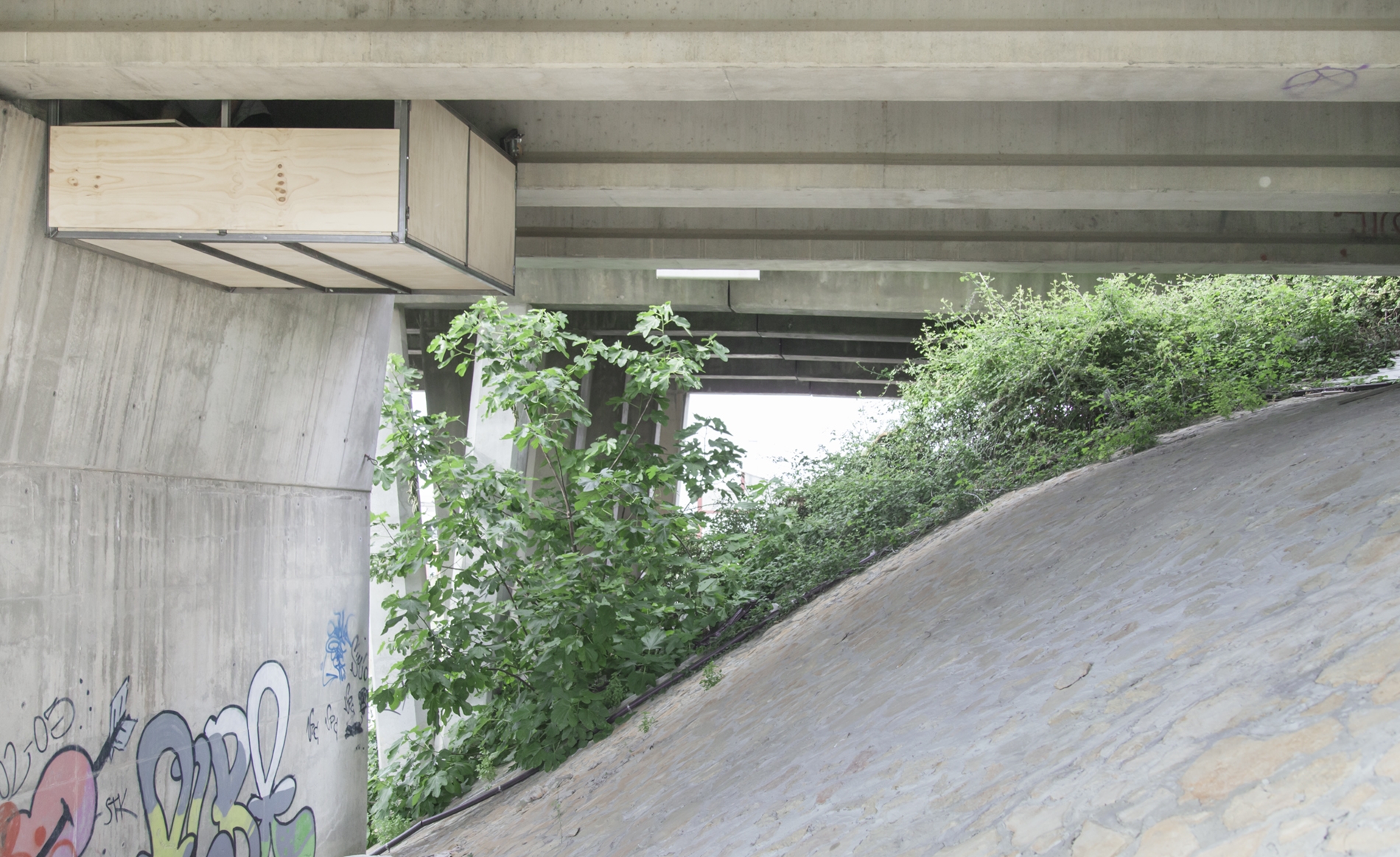
Where would you like to take Lebrel in the future?
I’m content with being able to continue working on problems, doubts, and ideas that come up daily. To keep learning and applying myself with each one the same way I’m doing now.
What would you like to design? What would be your dream commission with complete freedom, without the constraints of time or budget?
Lately I’ve been thinking about cabins a lot. More in the concept of shelter that a cabin idealises. The idea of getting in touch with childhood sensations related to cabins interests me. I would love to work on a project related to this topic.
Perhaps that’s why Ignacio Vleming was inspired by Lebrel to write Fisura, a book of “adventures in architecture” which is all about the possibilities of residual space in a city. Its protagonist, Joris, is the alter ego of Lebrel, and dedicates himself to imagining different alternatives to give purpose and meaning to anonymous places. For its release, Lebrel designed a cabin made to be installed within the structure of an electrical tower, a way of using these unused spaces.
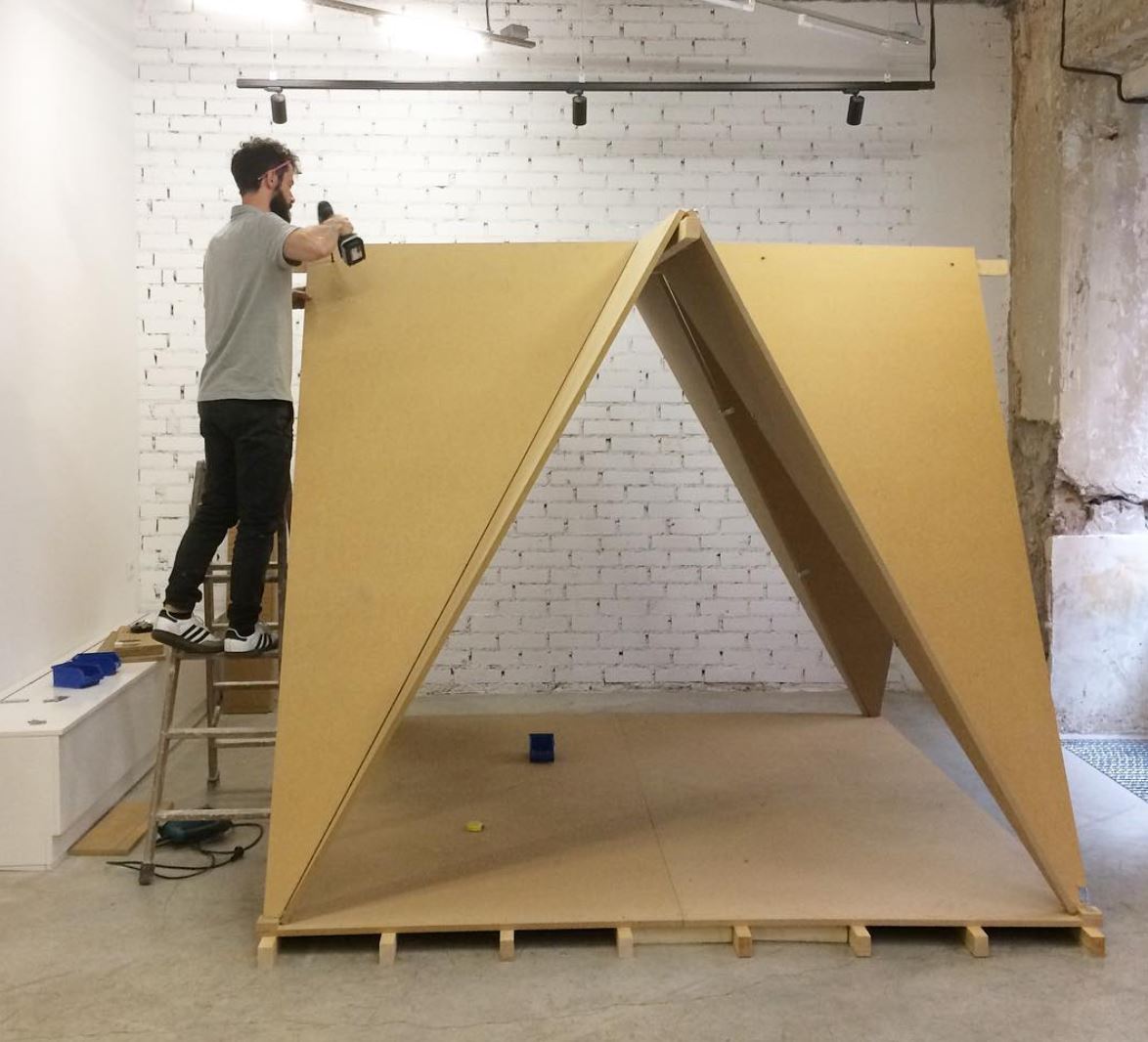
In your experience, what is the key to a good design?
From my point of view, it’s important that a design is honest, durable, and timeless.
Of all your projects, is their one that you are particularly proud of?
My latest projects are always the most satisfying because I learn from all of them, and the next ones are always better.
Do we value design and the work of the artisan designer the way they deserve to be valued?
I think people are becoming more aware of it. As an artisan designer, I offer the possibility of a more dynamic style of work, and for that reason people are satisfied.
You once said that “a designer is a creative person 24 hours a day”. What makes a good designer then?
For me, a good designer must be a restless person. Sometimes new solutions appear while you’re investigating that you can then apply to future projects. It’s about accumulating knowledge that is then useful in your work.
What is your process like? Which part do you most enjoy and why?
All of my projects start with the drawing, something very abstract which then goes directly to the workshop. There I try different options until an idea ends up materialising.
What inspires you every day? Do you have some kind of ritual? Do you consult a particular publication that’s like a bible for you?
I’m very attracted by architecture from which I extract shapes and details that I then apply to furniture.
How do you connect with what interests you? Are you more digital or analogue?
When it comes to technology I’m living in the stone age, but it is true that social media has helped me promote my work. Instagram is a good example.
How do you disconnect from your creative work when your home and workshop are one and the same?
The truth is I never disconnect. I see design more as a way of life than just work.
Which design professional would you like to connect with? Who are your design inspirations?
The work of Andreu Alfaro is an inspiration for me. It’s in between the more industrial side of design and art as an object.


